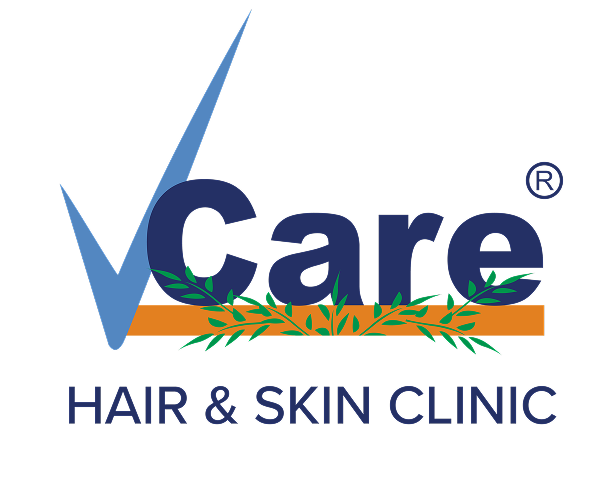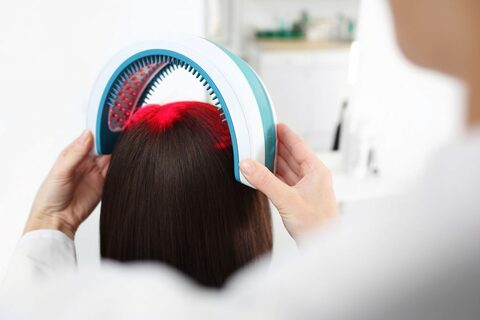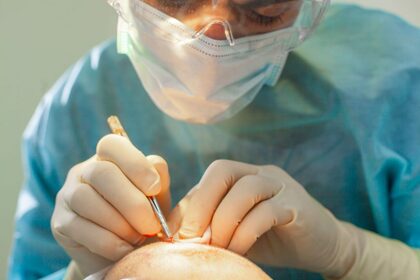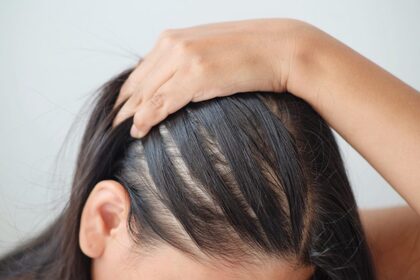Hair Loss: Causes, Types, and the Best Treatments You Need to Know

Hair loss is a growing concern across age groups and genders. While it may seem like just a cosmetic problem, hair loss often impacts self-esteem, confidence, and overall well-being. Whether you’ve noticed hair thinning, bald patches, or sudden shedding, understanding the causes, types, and treatments for hair loss can help you take timely action and restore your hair health.
In this blog, we’ll explore:
➤ The common causes and types of hair loss
➤ Different stages of hair loss
➤ Advanced hair loss treatments for men and women
➤ How to find the best hair loss therapy near you
➤ The role of specialists in diagnosing and treating hair issues
What is Hair Loss?
Hair loss, medically known as alopecia, refers to the partial or complete loss of hair from the scalp or other parts of the body. It’s normal to shed 50–100 hairs daily, but excessive shedding, visible thinning, or bald patches could signal a problem.
Common Hair Loss Causes
Understanding the reasons for hair loss is the first step toward finding the right solution. Some of the most common causes include:
1. Genetics (Androgenetic Alopecia)
This is the most common Cause of Hair Loss in Men and women, often known as male or female pattern baldness. It’s hereditary and progresses gradually with age.
2. Hormonal Imbalances
Conditions like PCOS, thyroid issues, or menopause can disrupt hormone levels, triggering hair thinning or patchy loss.
3. Nutritional Deficiencies
Lack of iron, protein, zinc, biotin, or Vitamin D can weaken hair strands, leading to hair fall.
4. Stress & Lifestyle Factors
Emotional or physical stress, poor sleep, crash diets, and sedentary lifestyle can trigger telogen effluvium, a temporary hair shedding condition.
5. Medical Treatments
Chemotherapy, radiation therapy, and certain medications can cause rapid hair loss as a side effect.
6. Scalp Infections
Fungal infections like ringworm can result in patchy, inflamed hair loss if left untreated.
Understanding the Types of Hair Loss
Knowing your Hair Loss Type helps in selecting the right treatment. Here are the most common types of hair loss:
➤ Androgenetic Alopecia– Genetic and gradual
➤ Telogen Effluvium– Sudden, temporary shedding
➤ Alopecia Areata– Autoimmune disorder causing patchy bald spots
➤ Traction Alopecia– Due to excessive pulling (tight hairstyles)
➤ Cicatricial Alopecia– Permanent hair loss due to scarring
Recognizing the Stages of Hair Loss
Hair loss progresses in stages, especially in male and female pattern baldness:
➤ Stage 1– Slight thinning, mostly unnoticeable
➤ Stage 2– Receding hairline or crown thinning
➤ Stage 3– Visible bald spots
➤ Stage 4-7– Extensive balding, often requiring clinical intervention
Knowing your stage can help you opt for timely hair loss treatment.
Hair Loss in Men: A Common but Treatable Concern
Hair Loss in Men often starts with a receding hairline or thinning crown. Modern treatments offer hope, even for advanced cases.
Top Hair Loss Treatments You Should Know
If you’re wondering what the best hair loss treatment is for your condition, here’s a breakdown of popular, dermatologist-recommended therapies:
1. PRP Hair Treatment (Platelet-Rich Plasma)
PRP is a non-surgical therapy where your blood’s plasma, rich in growth factors, is injected into the scalp to stimulate hair follicles and promote regrowth. PRP Therapy is ideal for early to moderate hair thinning and is safe for both men and women.
Benefits:
➤ Improves hair thickness
➤ Reduces hair shedding
➤ Natural and safe
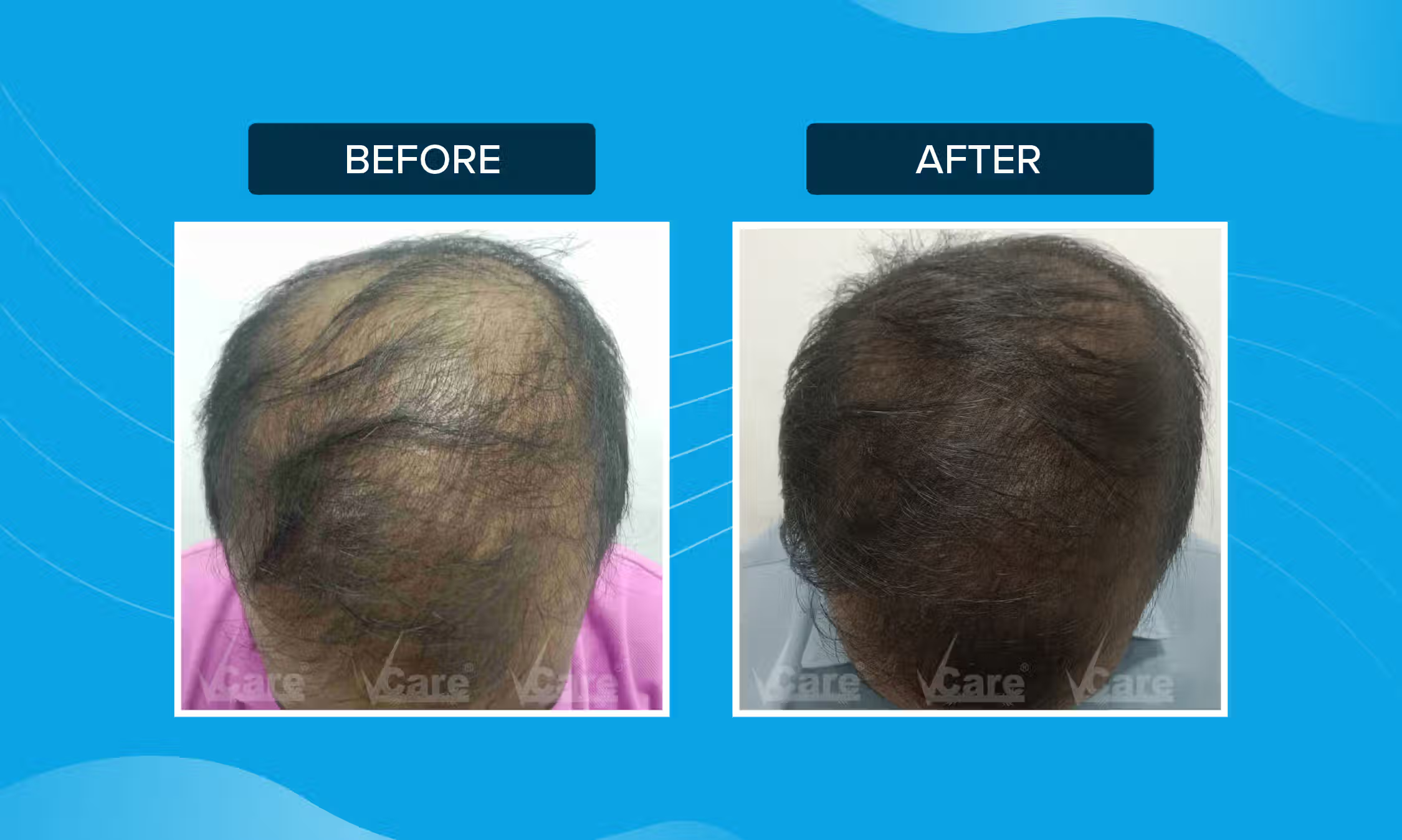
2. GFC Hair Treatment (Growth Factor Concentrate)
A more advanced version of PRP, GFC Therapy uses highly concentrated growth factors to deliver faster and more visible results. It’s especially recommended for hereditary hair loss and post-COVID shedding.
Why choose GFC?
➤ Better concentration = better results
➤ Minimal sessions needed
➤ No downtime
3. ExoGro Hair Treatment
A cutting-edge therapy that uses exosomes—tiny messenger particles derived from stem cells—to awaken dormant hair follicles and boost scalp regeneration. ExoGro works well in resistant or severe cases where other therapies don’t.
Ideal for:
➤ Advanced thinning
➤ Patchy baldness
➤ Boosting scalp health
4. Biocell Therapy
This Therapy combines stem cell-derived peptides, vitamins, and minerals to rejuvenate hair follicles. Biocell Therapy is often used with PRP or GFC for comprehensive results.
Benefits:
➤ Improves blood circulation
➤ Enhances follicle density
➤ Delays progression of hair loss
5. StemGen Pro
A next-gen therapy designed to address progressive hair loss stages. It uses advanced regenerative techniques to reverse damage and trigger new hair growth.
6. AFT - Hair Transplant (Advanced Follicular Transplant)
This is a permanent solution for severe baldness. Using FUE (Follicular Unit Extraction) technique, healthy follicles are transplanted to bald areas.
Why it’s popular:
➤ Natural-looking hairline
➤ Minimal scars
➤ High success rate
If you’re considering a hair transplant, always consult a hair loss specialist to determine your eligibility and expected outcome.
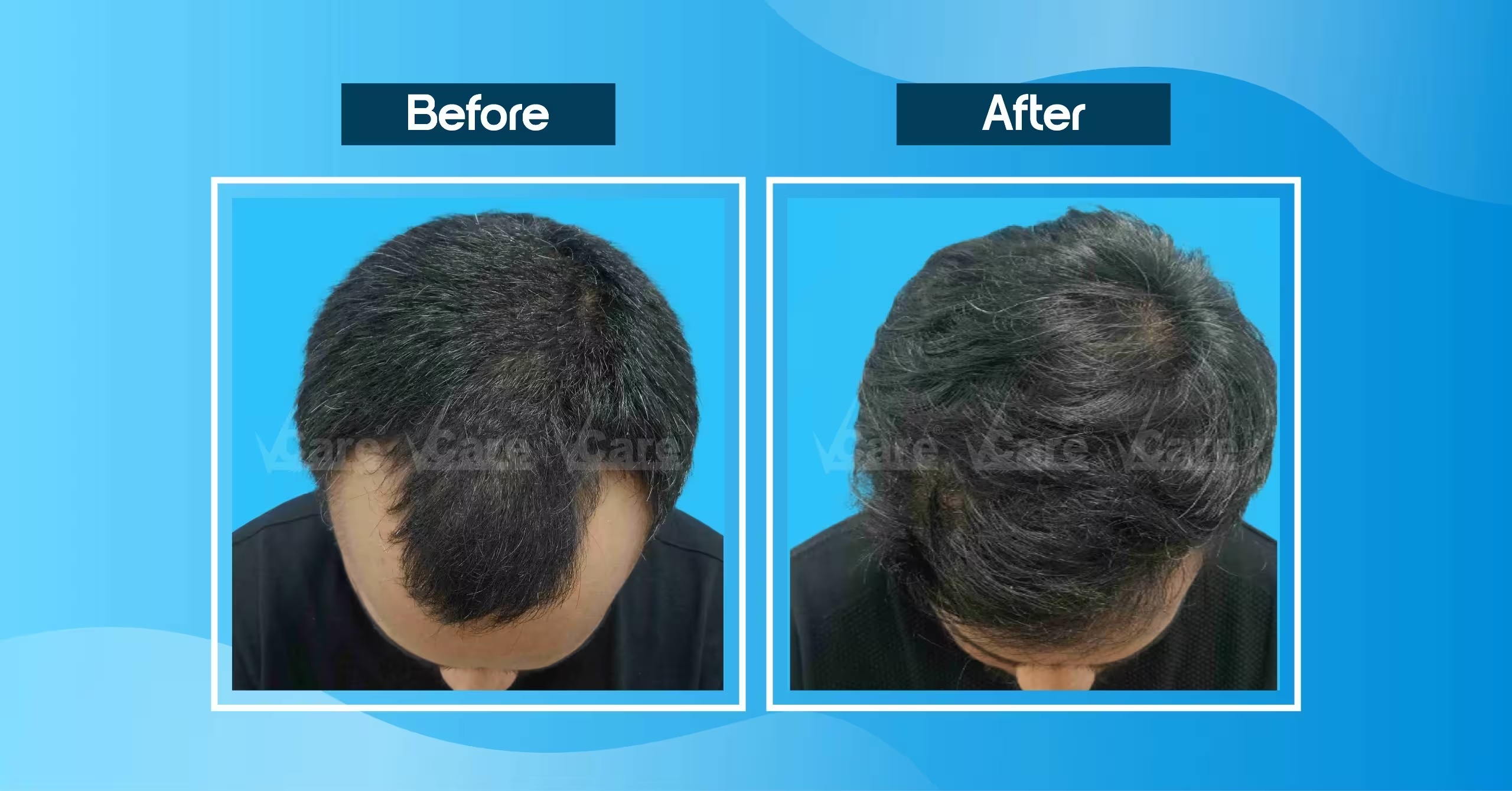
How to Find the Best Hair Loss Treatment Near Me
Thousands search monthly for “Hair Loss Treatment Near Me ” or “hair loss specialist near me.” To ensure you get the right diagnosis and care:
➤ Choose clinics with trichologists or dermatologists
➤ Look for those offering customized hair analysis
➤ Read reviews and before/after results
➤ Ask about the technology used
A hair loss specialist can identify your hair’s condition and suggest the most suitable hair loss therapy, be it PRP, GFC, or Hair Transplant.
Preventing Hair Loss: Simple Tips That Help
While treatments help regrow hair, prevention plays a major role too. Here are some tips to protect your strands:
➤ Eat a protein- and iron-rich diet
➤ Avoid tight hairstyles and excessive heat
➤ Use mild, sulfate-free shampoos
➤ Massage your scalp regularly
➤ Manage stress through yoga, meditation, or exercise
Final Thoughts
Hair loss may be common, but you don’t have to live with it. With so many advanced treatments—from PRP Hair Treatment to Hair Transplant and ExoGro Therapy—you can restore your hair and regain confidence.
Whether you're in early hair loss stages or looking for the best hair loss treatment for male pattern baldness, options exist. Consult Vcare, south India's no 1 hair & skin clinic to understand your condition and begin a personalized treatment journey today.
FAQs
❓ What is the most effective hair loss treatment for men?
For genetic baldness, GFC Therapy and Hair Transplant (AFT) offer great results depending on the stage.
❓ Are PRP and GFC safe?
Yes. Both are non-surgical, FDA-cleared, and use components from your own body, making them very safe.
❓ How do I know which type of hair loss I have?
Only a hair loss specialist can diagnose this through scalp analysis and tests.
❓ How many sessions are needed for PRP or GFC?
Typically, 3–6 sessions spaced a month apart, followed by maintenance treatments every 6–12 months.
